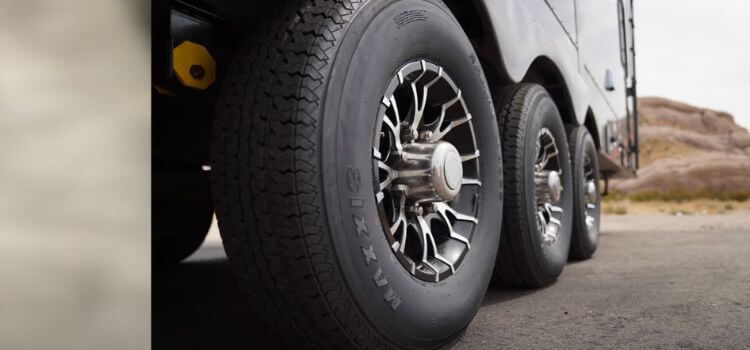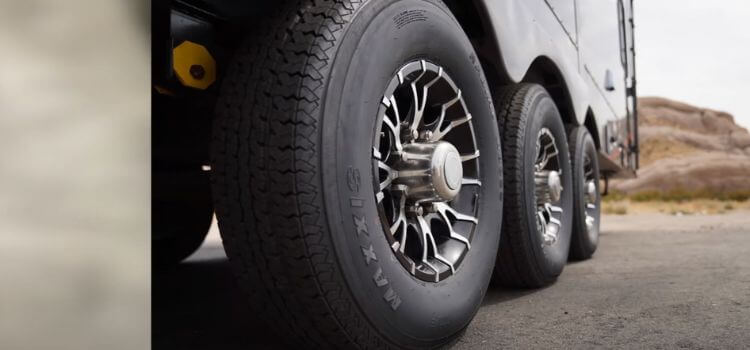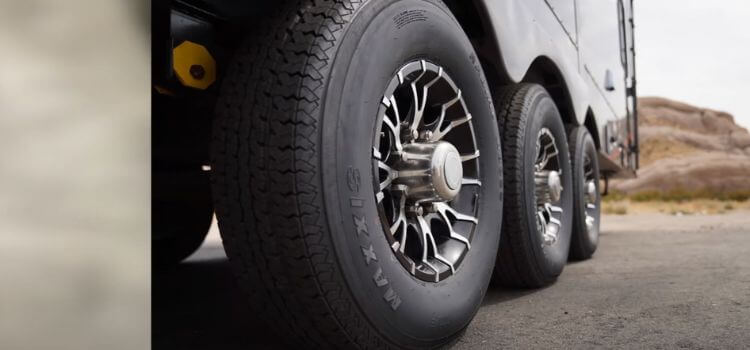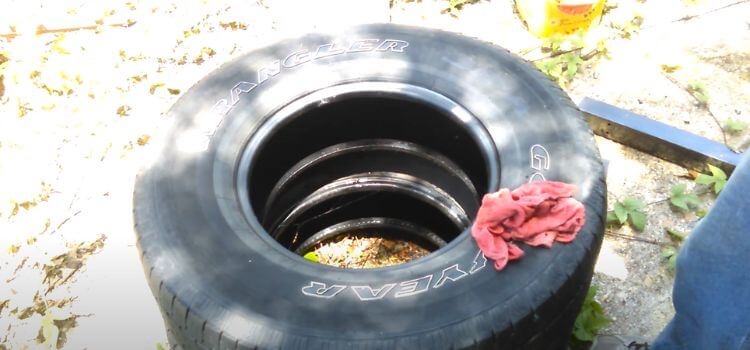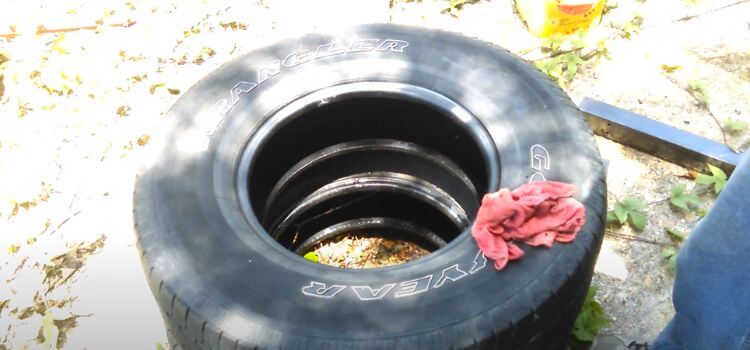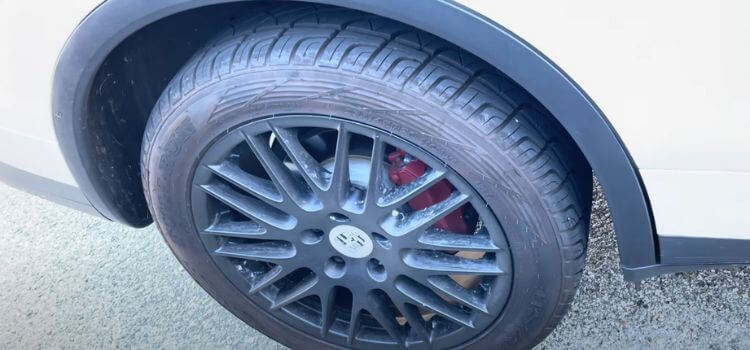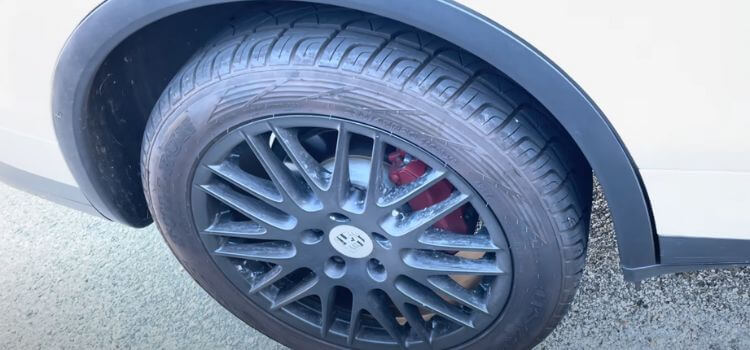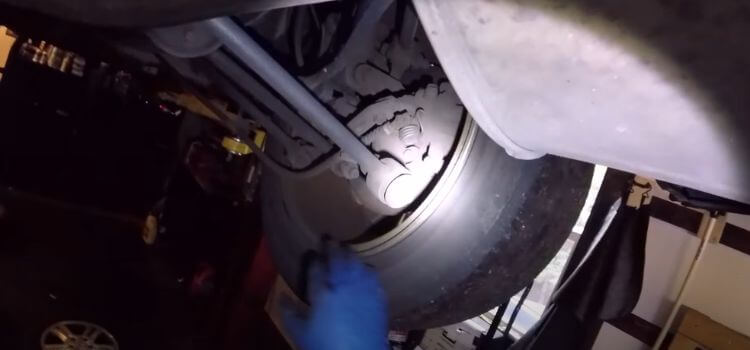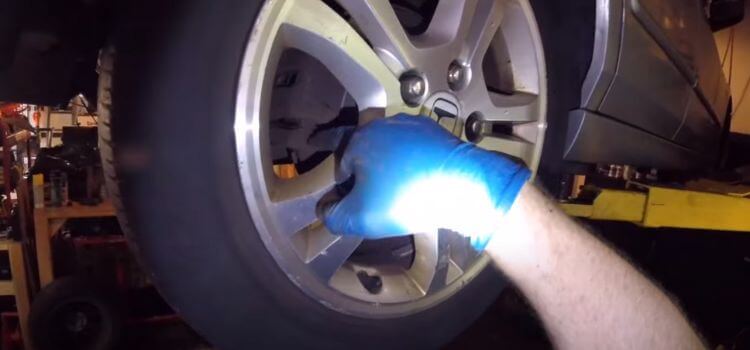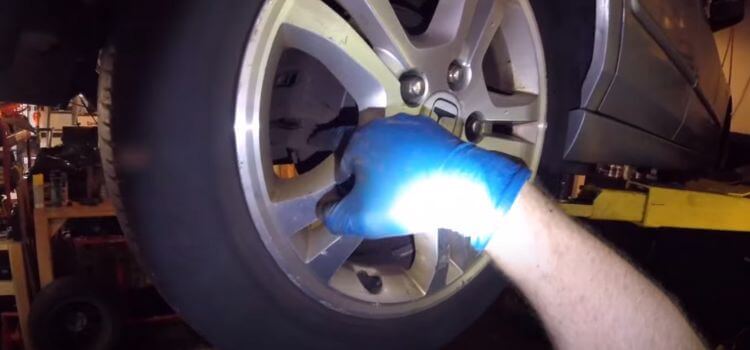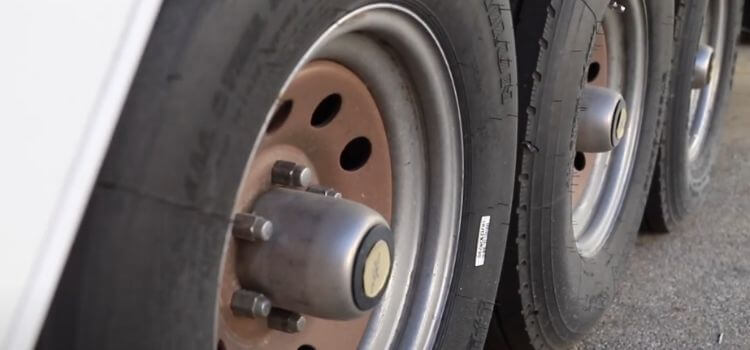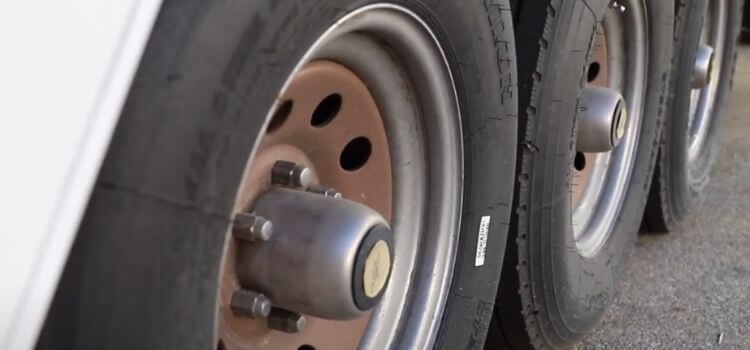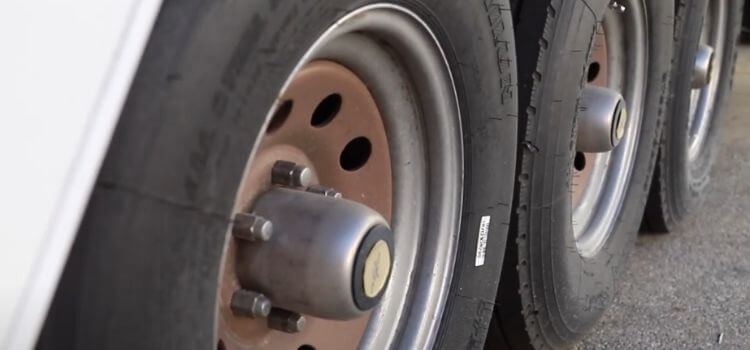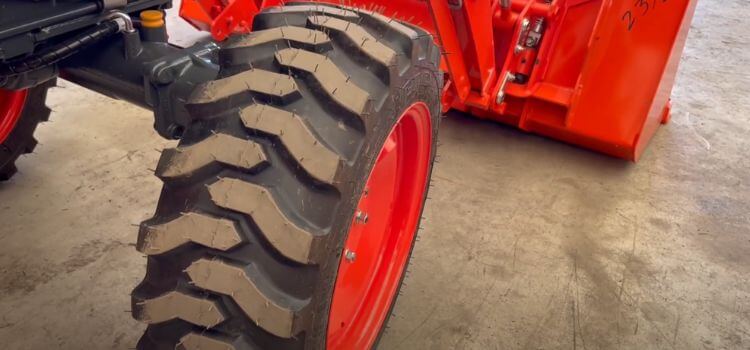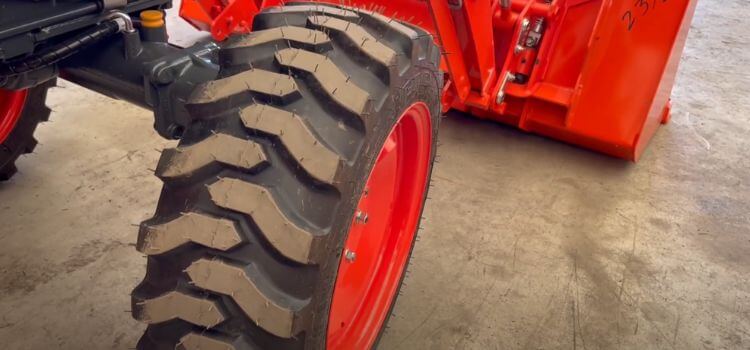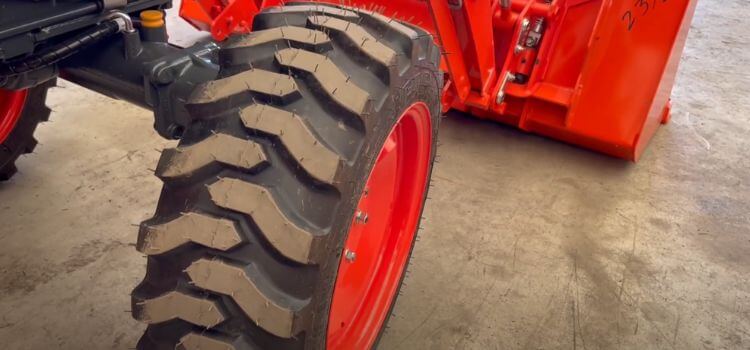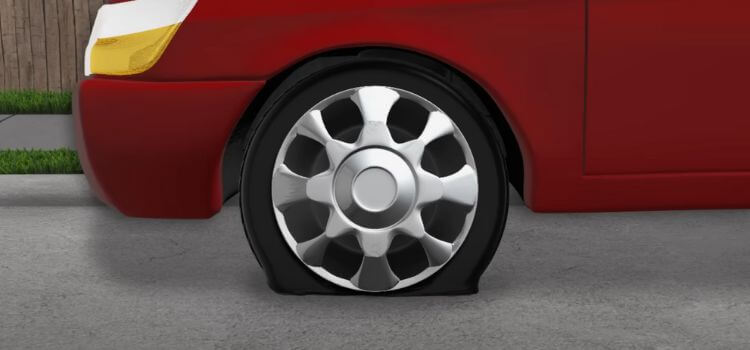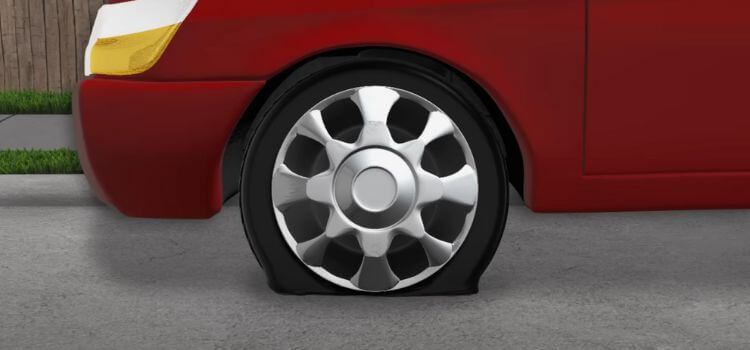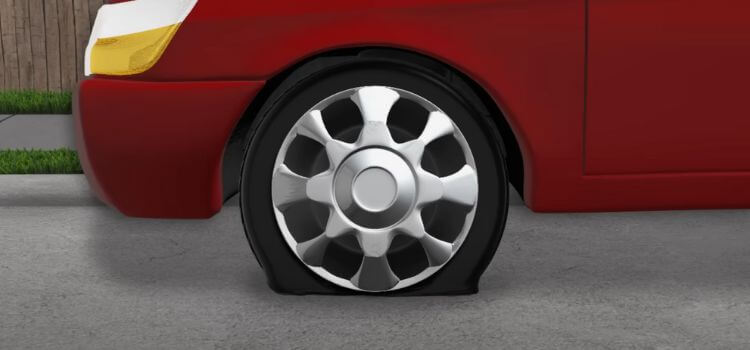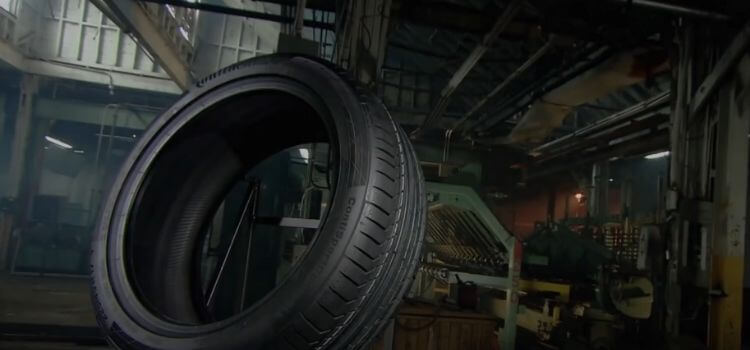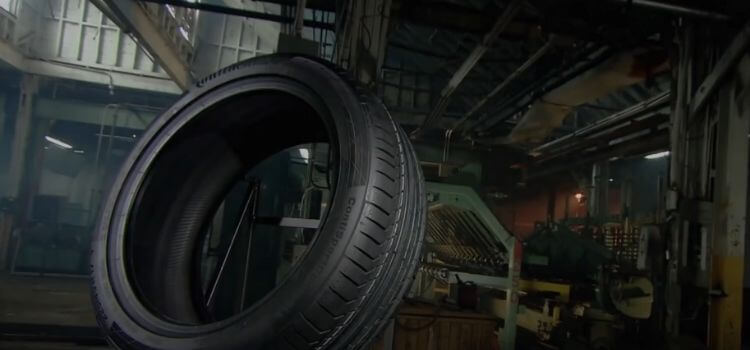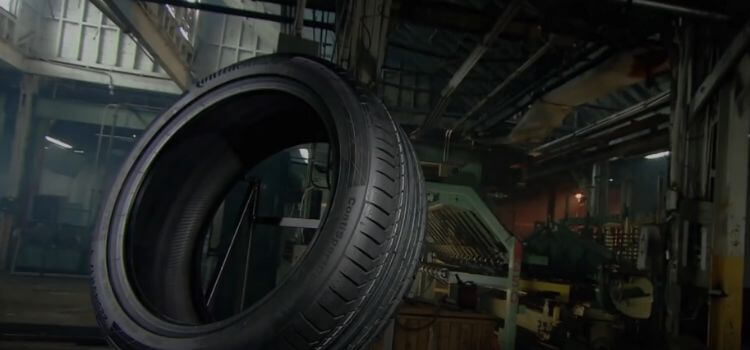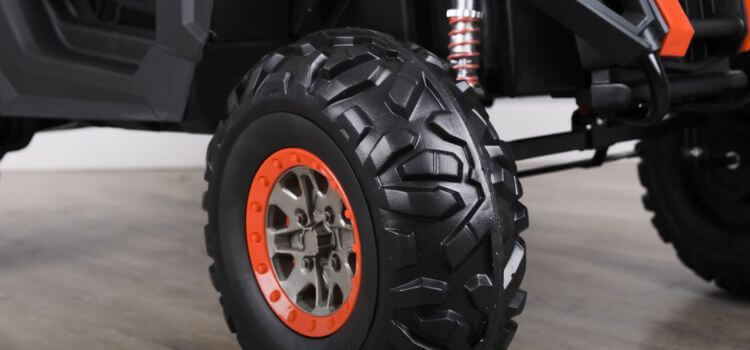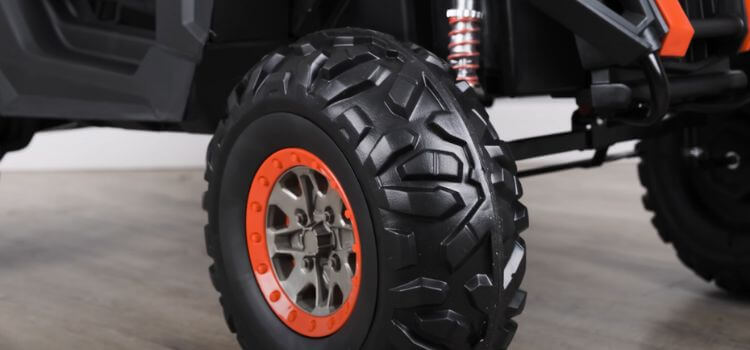It is generally safe to drive on a plugged tire for a short distance to get to a repair shop, but it is important to have the tire professionally repaired or replaced as soon as possible to ensure safety on the road. Driving on a plugged tire for an extended period of time can increase the risk of a blowout or further damage to the tire, so it is best to address the issue promptly.
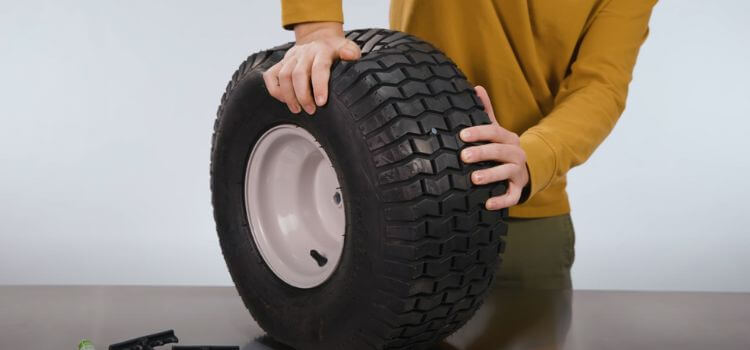
Assess the Damage
Driving on a plug tire can be dangerous and can lead to further damage to the tire. It is best to have the tire repaired or replaced as soon as possible to ensure your safety on the road. Continuing to drive on a plug tire can cause it to lose air pressure or even lead to a blowout while driving. It is important to assess the damage and take appropriate action to address the issue.
Consider the Type of Tire
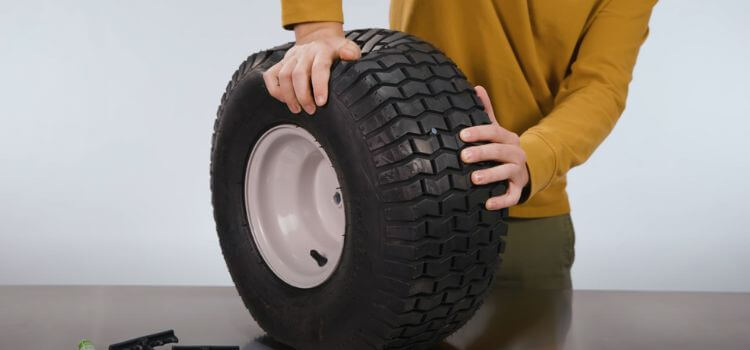
It is not recommended to drive on a plugged tire for an extended period of time. A plugged tire is a temporary fix and should be replaced as soon as possible to ensure safety on the road. Driving on a plugged tire for an extended period of time can increase the risk of a blowout or other tire-related issues. It’s best to have a professional inspect the tire and determine if it can be safely repaired or if it needs to be replaced.
Evaluate the Location of the Puncture
It is not recommended to drive on a plugged tire for an extended period of time. While the plug may temporarily seal the puncture, it is not a permanent solution and driving on it for too long can lead to further damage and potential safety hazards.
Monitor Tire Pressure
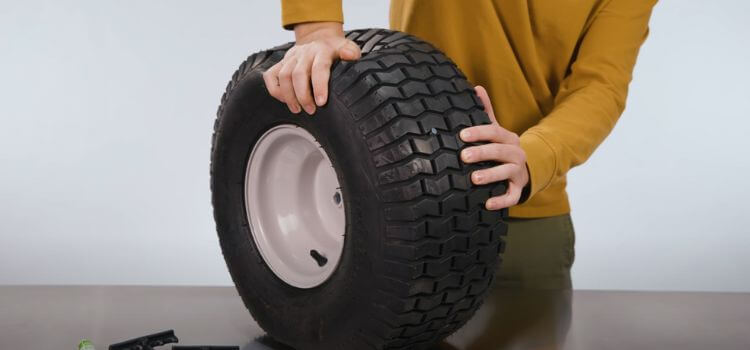
It is important to monitor your tire pressure regularly to ensure that your tires are properly inflated. It is not safe to drive on a plugged tire for an extended period of time as it can put you at risk for a blowout or other safety hazards. Always make sure to address any issues with your tires as soon as possible to ensure your safety on the road.
Avoid High Speeds and Long Distances
It is not safe to drive on a plugged tire for a long distance or at high speeds. The plug is a temporary fix and should only be used to get the tire to a professional for proper repair or replacement. Driving on a plugged tire for an extended period of time can increase the risk of a blowout or further damage to the tire. It is important to prioritize safety and have any tire issues addressed by a qualified professional as soon as possible.
Get the Tire Repaired or Replaced as Soon as Possible
It is important to get a tire repaired or replaced as soon as possible after it has been plugged. Driving on a plugged tire for an extended period of time can increase the risk of the plug failing and the tire going flat. It is recommended to have the tire inspected by a professional as soon as possible and to follow their advice on whether to repair or replace the tire. Driving on a plugged tire for an extended period of time can also cause further damage to the tire and affect the overall safety of the vehicle. Therefore, it is best to address the issue promptly to ensure the proper functioning and safety of the vehicle.
Conclusion
it is not recommended to drive on a plugged tire for an extended period of time. A plugged tire is a temporary fix and should be replaced as soon as possible to ensure safety on the road. Driving on a plugged tire for too long can increase the risk of a blowout or further damage to the tire. It’s best to have the tire properly repaired or replaced by a professional as soon as possible.
